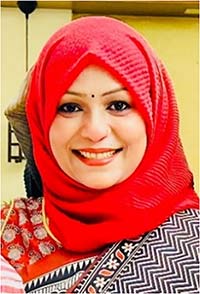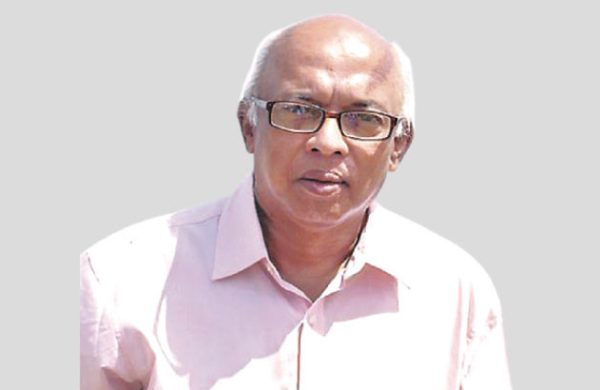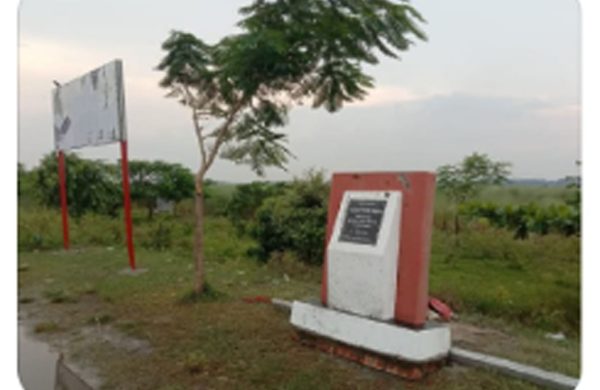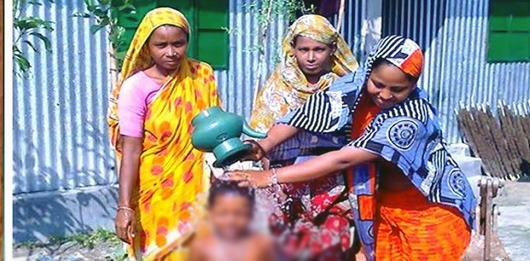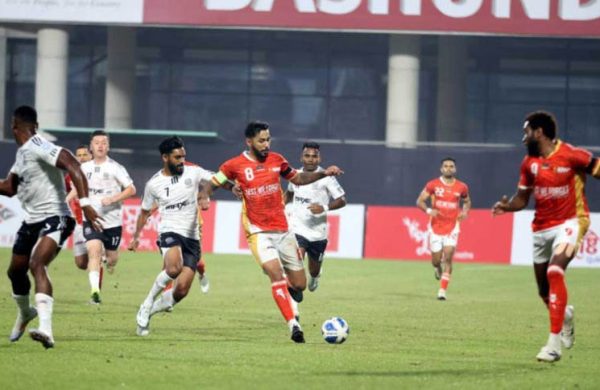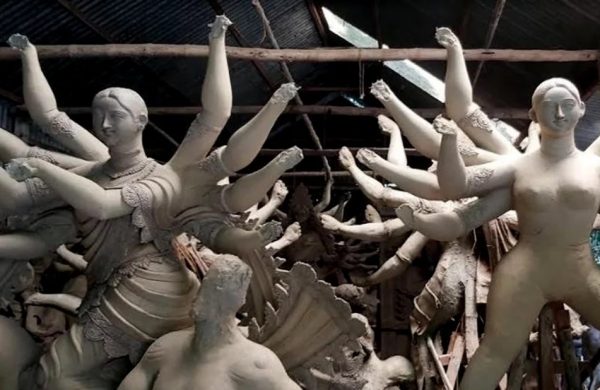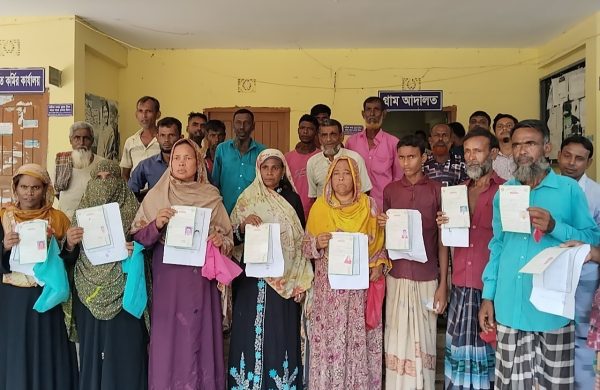Garment Sector in Bangladesh and Women’s Contributions
- Update Time : Wednesday, June 26, 2024

—Salauddin—
The garment sector in Bangladesh has been a cornerstone of the country’s economy, primarily thanks to the significant contributions of women. This industry has not only boosted the country’s foreign exchange reserves but also provided employment to approximately 4.4 million people, of whom around 60% are women. They have played a pivotal role in helping the industry to move forward through their work in factories and through their efforts in the entrepreneurial and managerial sectors.
The journey of women’s involvement in the garment sector began in 1977 with Reazuddin, who was instrumental in planning for women workers in garment factories. Initially, some societal norms and fears about reputational damage deterred women from joining their jobs. However, Reazuddin’s persistence, exemplified by hiring his own daughter Fatema Begum with a salary of 100 taka per month, slowly paved the way. Inspired by that example, other women also began to show interest, leading to the initial hiring of five female workers at Reaz Garments.
One of the early trailblazers was Nazma Chowdhury, who joined as the first female quality controller, designer, and line chief in the factory. In 1979, Desh Garments took a significant step by sending 133 workers and mid-level managers, including 14 women, to train at Daewoo’s factory in Busan, South Korea. This group included Najma Chowdhury, who, after receiving her training, returned to Dhaka with the advanced skills necessary for modernising the industry.
The expansion of the ready-made garment industry has fostered the emergence of new entrepreneurial groups, many of whom are women. One notable example is that of Baishakhi, one of the oldest export-oriented garment factories in Bangladesh, which was founded by a woman in 1979-80. Today, numerous women hold senior executive positions and continue to make significant contributions to the sector’s growth.
The garment sector has helped Bangladesh to earn a good standing in the global market. And the majority of workers in this sector are women, whose participation has been crucial in elevating the industry to its current status. Despite representing half of the population, women’s involvement in development indicators remains unequal. However, their active participation in the garment industry is a notable exception, as they have fought against numerous challenges to keep the sector thriving and moving forward.
Indeed, women’s contribution in this sector both as workers and as supportive figures is great. And since the 1990s, as the industry has advanced, women’ have been crucial in supporting their male counterparts and taking up leadership roles themselves. This support extends from the home to educational institutions and workplaces, reinforcing the strength of the “Made in Bangladesh” tag globally.
The garment sector’s success in Bangladesh is inextricably linked to the contributions of women. Their dedication and hard work have not only sustained the industry but also propelled it to new heights. Women’s participation, both on the factory floors and in leadership positions, deserves respect and honour for their roles in building a prosperous garment industry that stands as a testament to their resilience and capability.
_______________________________________________
The writer is the Director and Head of Operation, Reaz Garments Ltd.





